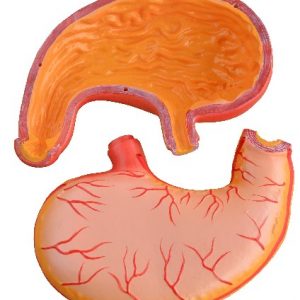Description
Features:
- Import of our company
- Complies with the curriculum
- Suitable for school projects, experiment, hobby work
- Our products can be used safely in projects and for your own designs
- The product is available in good quality cartoon box
- Dimensions: 48x28x74cm
- Weight: 8 kg
The electronically designed system demonstrates the movement of the heart pumping through the internal structure of the heart, the cycle of the heart, and the small and large blood circulation. Our portable device consists of the following parts.
- Left ventricle
- Right ventricle
3.Left atrium
4.Right atrium
5.Bicuspid (left atrioven tricular) valve
- Tricuspia(right atrioven tricular) valve
- Aorta
- Left pulmonary artery
- Left pulmonary veins
- Right pulmonary artery
- Right pulmonary veins
- Superior vena caba
- Inferior vena cava
- Capillary network in organs such as brain
- Capillary network in organs such as legs
- Portal vein
- Left lung
- Right lung
- Liver
- Small intestine
- Celiac trunk
- Aortic semi lunar valve
- Pulmonary semi lunar valve
INSTRUCTIONS TO BE FOLLOWED CAREFULLY:
- Handle with care.
- Do not place the model upside down
- Cut off the power supply immediately after performance; the model will be deformed at extended high temperature.
- After the performance, turn the crank till the atria, the ventricles and other part of the model returning to a relaxed state; thus preventing their deformation.
- In case the lamps are not lighted, cut off the power supply and replace them with screw-base miniature lamps(220V, 15W)
FUNCTIONING HUMAN HEART AND CIRCULATORY SYSTEM MODEL:
USAGE:
This special model is excellent for teaching in Anatomy and Physiology in secondary schools, university departments of biology, medical secondary schools and medical colleges. It it made to help the students have a clearer conception of the internal structure of a human heart, the cardiac cycle and the overall plan of the systemic and the pulmonary circulatory system.
PERFORMANCES:
The model is sectioned to demonstrate pumping action of the heart during an entire cardiac cycle and circulation through the systemic and pulmonary circuits.
- With the principles of mechanical kinetics being applied, the model is made to demonstrate the sequence of events that occurs during on heartbeat and subsequent relaxation.
- Systemic and pulmonary circulation and flowing of blood through a continuous network of blood vessels are demonstrated by means of lightening of a sequence of miniature lamps in succession.
OPERATING INSTRUCTION:
- Connect the model to the power supply (220V AC).
- Insert the crank (included) in the hole on the back of the model, and turn it counter clockwise gradually. When the crank is turned about 1/3 round, the models begins to work. The sequence of events that occurs during one heartbeat and subsequent relaxation is happened as follows,
- The atria squeeze together, pumping blood into the ventricles, Valves between the atria and the ventricles are open, allowing blood to easily pass through.
- When the ventricles contract, the atria are relaxed. The atrioventricular (AV) valves close, so that blood does not flow backward into the atria.
- The semi lunar valves are open, the ventricles send blood into great arteries.
- When the ventricles relax, the semi lunar valves close, preventing backflow into the ventricles.
- Valves between the atria and the ventricles are open and blood again enters and ventria, the enture pattern of pumping begins again.
- To demonstrate the exchange of gases as blood circulating through the pulmonary capillary network by means of flashing of the miniature lamps concerned, turn on and off the switch on the lower part of the front of the base(in the shape of a box).









Reviews
There are no reviews yet.